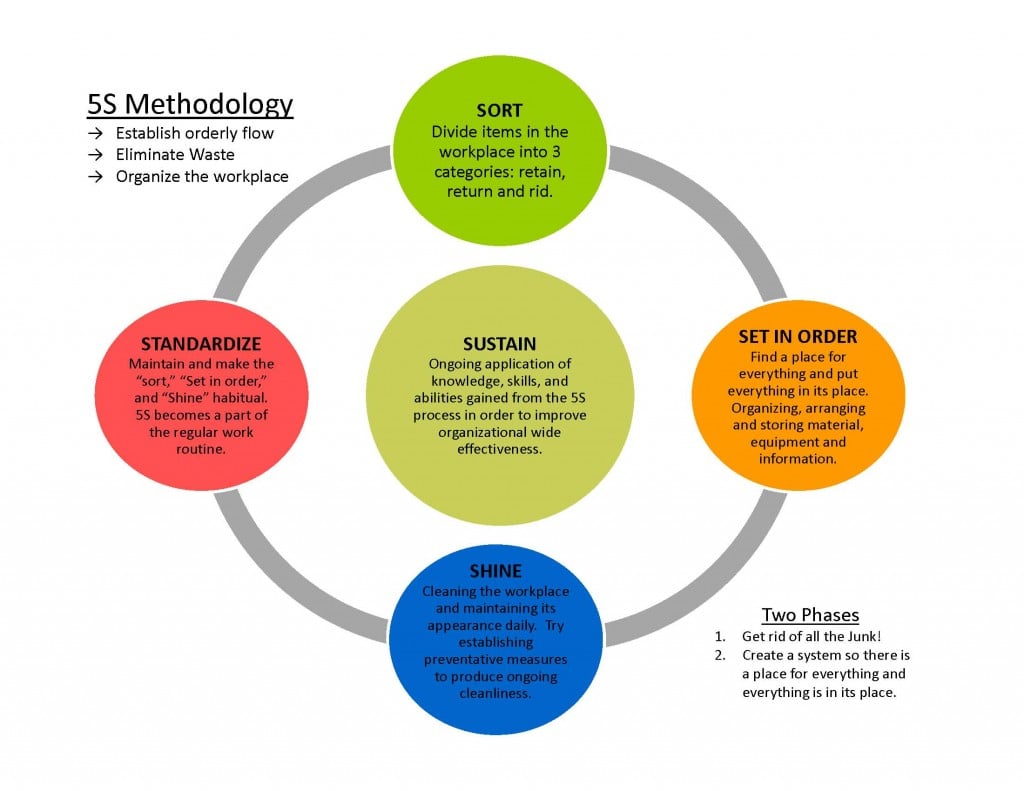Lean Manufacturing Blueprint
페이지 정보
작성자 Kirk 작성일25-04-13 12:20 조회4회관련링크
본문
A Lean manufacturing evaluation method used in Lean manufacturing to encourage teamwork among employees and foster a culture of excellence. The method involves conducting observations the workplace and observing employees at work to spot areas for improvement and opportunities for growth.
 One key component of a successful Gemma walk is to have a checklist that outlines what to look for during your assessments. This ensures that you don't miss important details and will be able to provide constructive feedback that is actionable.
One key component of a successful Gemma walk is to have a checklist that outlines what to look for during your assessments. This ensures that you don't miss important details and will be able to provide constructive feedback that is actionable.
Here are some key items to include on a Gemba walk checklist:
1 Work in Process (WIP): Analyze how much stock is on hand and whether there is a sufficient supply chain to meet current demand. Consider utilizing tools such as Just-In-Time production or TPS to reduce waste and minimize waste.
2 Underutilized Equipment: Look for machinery that is idle. Identify the root cause of this shortcoming, and execute a plan to improve utilization or phase out underperforming assets.
3 5S Implementation: Evaluate the level of 5S achievement, which involves maintaining and upkeeping the work area. 5S stood for Sort, Organize, Clean, Standardize, and Sustain. Employees who have mastered 5S can optimize processes and work more effortlessly.
4 Energy Efficiency: Verify whether all appliances and illumination are being used responsibly to minimize resource consumption and reduce the effects of energy consumption on the environment.
5 Material Waste: Evaluate to see if materials and inputs are being used correctly, and whether inefficient materials are available in the area. Consider implementing product Raw Material Kanban to minimize waste and optimize inventory levels.
6 Water and Wastewater Management: Recognize potential sources of waste that can be minimized by utilizing an effective water management system, also known as 'water-based waste.' For example, use of leak-proof containers and other hazard mitigation measures can help minimize product loss and waste.
7 Employee Development: Talk to employees about their current condition and problems they encounter daily. Evaluate their training level, identify areas where personal growth are required, and execute a plan to address knowledge gaps.
8 Employee Feedback Mechanisms: Evaluate how employees give feedback on areas of enhancement and develop useful communication systems so that they can provide input assertively. It can also be helpful to assess employee suggestions to recognize the most practical ones.
9 Regulatory Compliance: Verify whether employees comply with local regulations and company policies to ensure compliance.
By following a set of standard evaluation tools, leaders can use the Lean walk strategy to evaluate specific business operations, supply chains, or teams. By evaluating the day-to-day processes, operations managers are given the opportunity to suggest small or minor adjustments that bring positive outcomes to workplaces.
 One key component of a successful Gemma walk is to have a checklist that outlines what to look for during your assessments. This ensures that you don't miss important details and will be able to provide constructive feedback that is actionable.
One key component of a successful Gemma walk is to have a checklist that outlines what to look for during your assessments. This ensures that you don't miss important details and will be able to provide constructive feedback that is actionable.Here are some key items to include on a Gemba walk checklist:
1 Work in Process (WIP): Analyze how much stock is on hand and whether there is a sufficient supply chain to meet current demand. Consider utilizing tools such as Just-In-Time production or TPS to reduce waste and minimize waste.
2 Underutilized Equipment: Look for machinery that is idle. Identify the root cause of this shortcoming, and execute a plan to improve utilization or phase out underperforming assets.
3 5S Implementation: Evaluate the level of 5S achievement, which involves maintaining and upkeeping the work area. 5S stood for Sort, Organize, Clean, Standardize, and Sustain. Employees who have mastered 5S can optimize processes and work more effortlessly.
4 Energy Efficiency: Verify whether all appliances and illumination are being used responsibly to minimize resource consumption and reduce the effects of energy consumption on the environment.
5 Material Waste: Evaluate to see if materials and inputs are being used correctly, and whether inefficient materials are available in the area. Consider implementing product Raw Material Kanban to minimize waste and optimize inventory levels.
6 Water and Wastewater Management: Recognize potential sources of waste that can be minimized by utilizing an effective water management system, also known as 'water-based waste.' For example, use of leak-proof containers and other hazard mitigation measures can help minimize product loss and waste.
7 Employee Development: Talk to employees about their current condition and problems they encounter daily. Evaluate their training level, identify areas where personal growth are required, and execute a plan to address knowledge gaps.
8 Employee Feedback Mechanisms: Evaluate how employees give feedback on areas of enhancement and develop useful communication systems so that they can provide input assertively. It can also be helpful to assess employee suggestions to recognize the most practical ones.
9 Regulatory Compliance: Verify whether employees comply with local regulations and company policies to ensure compliance.
By following a set of standard evaluation tools, leaders can use the Lean walk strategy to evaluate specific business operations, supply chains, or teams. By evaluating the day-to-day processes, operations managers are given the opportunity to suggest small or minor adjustments that bring positive outcomes to workplaces.
댓글목록
등록된 댓글이 없습니다.







